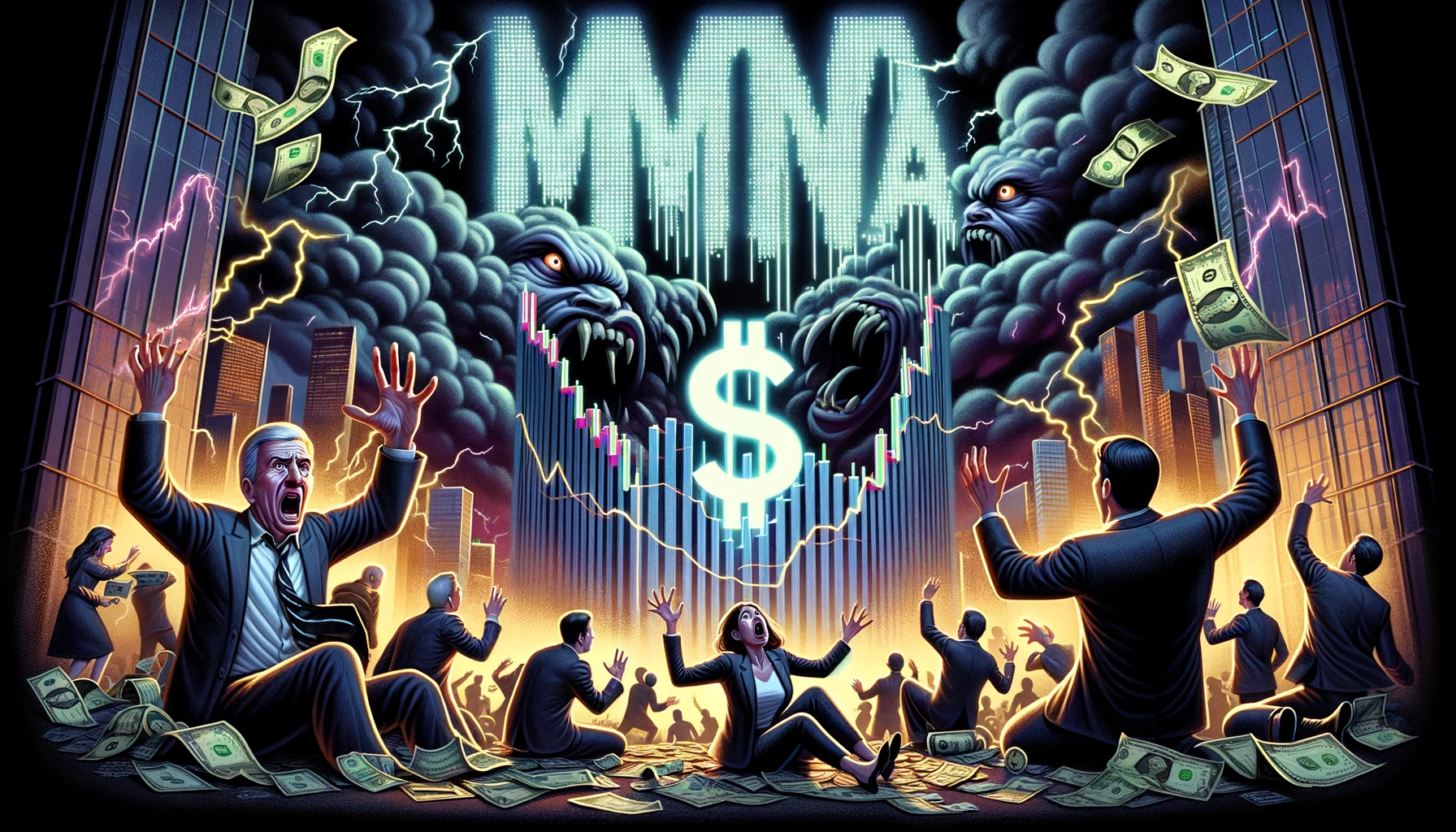Article written by Marathon Money Plus
The automotive world stands at a crossroads, with Rivian Automotive’s recent tribulations casting a long shadow across the electric vehicle (EV) landscape, reminiscent of the bygone eras where once-prominent car manufacturers faded into obscurity. Rivian’s drastic workforce reduction and a profound quarterly loss signal more than just corporate struggles; they represent a pivotal moment in the EV saga, paralleling the tales of erstwhile automotive giants that now linger only in memory.
In an industry where innovation and sustainability are heralded as beacons of progress, Rivian’s predicament underscores the harsh realities of pioneering in uncharted territories. The company’s stock, once buoyed by investor optimism and governmental incentives, has nosedived, erasing the euphoria of its initial public offering. From a peak trading price of over $129 per share in late 2021 to a stark valuation of $12.88, Rivian’s journey encapsulates the volatile essence of the EV market—a sector fraught with high stakes and even higher expectations.
This downturn is not Rivian’s cross to bear alone but serves as a cautionary tale for the entire EV industry, which has seen its share of highs and lows amidst ambitious attempts to redefine mobility. Illinois’ gamble, investing nearly $50 million in tax credits into Rivian, mirrors the broader challenge of government efforts to champion a green automotive future. Yet, as Rivian’s valuation plummets, the specter of failure looms large, threatening to cast doubt on the viability of EVs as the heralds of an automotive renaissance.
Rivian’s financial hemorrhage, marked by losing around $43,000 per vehicle, echoes a sector-wide conundrum: Can electric vehicles ever cross the chasm from visionary prototypes to profitable, mass-market products? The question becomes even more pressing in light of the state’s significant bets on other EV ventures, such as Gotion’s battery factory and Stellantis’ expansion, both underscored by massive subsidies and enveloped in controversy and uncertainty.
As Rivian’s stock continues its downward trajectory, the narrative unfolding around it and the broader EV market may well be a harbinger of a recalibration in how we approach green technology and transportation. The industry’s current state, rife with challenges from oversaturation to regulatory pressures, suggests a moment of reckoning—a need to reassess the path forward lest we witness the birth of new automotive ghosts, relics of a dream that flew too close to the sun.
Rivian’s story, though fraught with adversity, is yet unwritten in its entirety. It remains a testament to the pioneering spirit, a reminder of the delicate balance between innovation and sustainability. As we navigate this transformative era in automotive history, the lessons learned from Rivian’s ascent and potential fall will undoubtedly shape the future contours of electric mobility.
Stay tuned to Marathon Money Plus for more deep dives into the dynamic world of EVs and beyond. Subscribe and listen to our podcast for the latest insights and strategies in navigating the complexities of modern investment landscapes.










